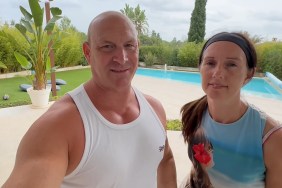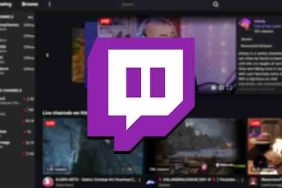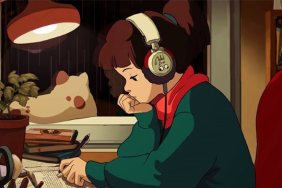Note: This post may not explicitly be related to gaming, but as YouTube is a major part of the community surrounding video games, we feel that its future is relevant to our collective interests.
YouTube is facing yet another controversy mere days into 2018, after Logan Paul uploaded a video in which he ventured into Japan’s Aokigahara “suicide forest” and, unsurprisingly, came across a dead body. Whereas most would respond by putting away their camera, or at the very least remove their bright green Toy Story hat from atop their head, Logan instead decided to carry on filming, cracking jokes and performing close-ups of the corpse.
The face of the man may have been blurred, though the disrespect shown by Logan and his band of friends struck a nerve. Soon a campaign emerged to oust him from the video sharing site, with other YouTubers even agreeing that he had gone too far. He first posted an apology tweet, then an apology video, but the criticisms kept rolling in.
Dear Internet, pic.twitter.com/42OCDBhiWg
— Logan Paul (@LoganPaul) January 2, 2018
Now YouTube has responded, posting an official statement that is emblematic of the complete lack of control the site exhibits over its creators and the videos they upload.
The statement reads:
“Our hearts go out to the family of the person featured in the video. YouTube prohibits violent or gory content posted in a shocking, sensational or disrespectful manner. If a video is graphic, it can only remain on the site when supported by appropriate educational or documentary information and in some cases it will be age-gated. We partner with safety groups such as the National Suicide Prevention Lifeline to provide educational resources that are incorporated in our YouTube Safety Center.”
This response isn’t good enough. Though YouTube’s relationship with those who earn money creating content for it is a unique one, the fact remains that while Logan Paul may be self-employed, the site is still responsible for the videos he uploads to their platform. It should be noted that YouTube didn’t remove the video in question, with Logan deleting it from his channel in the midst of the controversy, so they failed to adhere to their own policies that they have placed at the forefront of their statement. YouTube didn’t act against Logan Paul, they continue to fail to act against the publishing of harmful content on their site, and this distance between the site and the creators who post to it caused YouTube’s reputation to take a nose dive in 2017.

YouTubers are tacitly encouraged to “push the envelope” in order to garner attention, as more attention means more views, and more views mean more revenue. While YouTube’s updated policies since its mass advertiser boycott last year have theoretically enforced new rules site-wide, anecdotal evidence from YouTubers suggests that these rules aren’t exactly consistent. Some YouTubers will see their thoroughly harmless content being hit with that dreaded “demonetized” symbol, while others will clearly breach the site’s policies yet still find their videos raking in the cash.
Considering how many videos are uploaded to YouTube every day, it’s unsurprising that the site struggles to keep track of which videos should and should not be monetized. The site features both manual and algorithmic moderation of its content, meaning that a YouTube employee could either individually flag a video for demonetization, or the site could do so automatically. Ensuring that your YouTube video remains monetized appears to be a minefield, and even if all boxes have seemingly been ticked, you could still find your ad revenue being pulled out from beneath you.
But haphazardly punishing creators for not following ill-defined advertising policies clearly isn’t working out. Since the mass boycott, YouTube has still been inundated with controversies, from the site’s most popular user PewDiePie bellowing a racial slur live on stream, to the channel DaddyoFive losing custody of their children as a result of their emotionally abusive “prank” videos. Despite the severity of the latter channel’s actions, they have since started up the brand new channel FamilyOFive, where they continued to receive revenue from YouTube less than three months removed from making headlines for their treatment of their kids.
The only consistency displayed by YouTube is allowing creators to keep their jobs no matter their behavior. While simultaneously attempting to appeal to major brands for advertising, YouTube is also cultivating an environment in which its creators can get away with practically anything, so long as they release an apology video before waiting a few weeks until they upload again.
From this vantage point, it’s difficult to imagine any other future for YouTube outside of continued advertising troubles and controversies. YouTube CEO Susan Wojcicki remains a distant presence, running this huge social entity while doing her best to appear separate from its failings, and this attitude reverberates throughout the overall management of the site. When a new problem arises, YouTube points towards its policies and ensures that the onus of blame remains on the individual channel, rather than the nature of the site on the whole. YouTube needs to demonstrate accountability for the actions of those it pays, or this cycle of controversy is only going to continue repeating itself in 2018.











